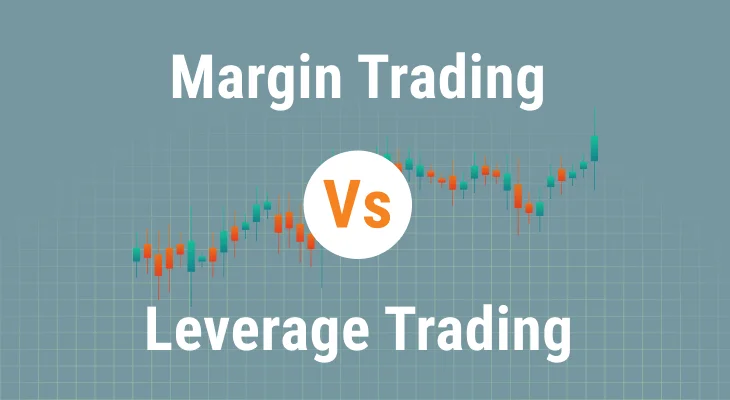Effective risk management Techniques are crucial in forex trading to minimize potential losses and protect capital. Here are key forex risk management techniques:
Risk Management Techniques

Understand Leverage and Margin
- Leverage Amplifies both Gains and Losses: While leverage can significantly increase profit potential, it also increases the risk of substantial losses.
- Use Leverage Cautiously: Start with lower leverage if you’re a beginner.
Click here to read Mastering Your Mind: 16 Forex Trading Psychology Tips for Success
Implement Stop-Loss Orders
- Stop-Loss Orders: Automatically close a position at a predetermined price to limit potential losses.
- Trailing Stop-Losses: Adjust the stop-loss level as the trade moves in your favor to protect profits.


Use Position Sizing
- Calculate Position Size: Determine how much of a currency pair to buy or sell based on the risk per trade.
- Risk a Small Percentage per Trade: Typically, it’s recommended to risk no more than 1-2% of your trading capital on a single trade.
Click here to read Master the Art of Forex Risk Management Tools
Set Take-Profit Orders
- Take-Profit Orders: Specify a price at which you take profits by automatically closing a profitable position.
- Balance Risk and Reward: Aim for a risk-reward ratio that justifies the risk taken per trade (e.g., 1:2 or 1:3).


Diversification
- Trade Multiple Currency Pairs: Spread risk across different pairs, but avoid overexposure to correlated pairs.
- Consider Different Trading Styles: Mixing long-term and short-term trades can balance the overall risk.
Click here to read How to use proper Risk management in Forex
Conduct Fundamental and Technical Analysis
- Understand Market Conditions: Use both analyses to make informed trading decisions.
- Adapt to Market Changes: Be prepared to adjust strategies based on market dynamics.


Establish a Trading Plan and Stick to It
- Define Your Strategy: Have a clear plan regarding entry, exit, and money management rules.
- Discipline: Avoid emotional trading; stick to your plan.
Regularly Review and Learn from Trades
- Trading Journal: Keep a record of all trades, including the rationale, outcome, and lessons learned.
- Continuous Improvement: Use the journal to analyze your trading patterns and improve decision-making.


Stay Updated with Market News and Events
- Economic Calendar: Keep an eye on economic events and news that could affect currency markets.
- React Accordingly: Be prepared to respond to unexpected news or market volatility.
Maintain a Healthy Trading Psychology
- Emotional Control: Avoid impulsive decisions driven by fear or greed.
- Mindfulness and Stress Management: Practice techniques to maintain mental clarity and emotional balance.


Consider Hedging Strategies
Hedging: Use strategies like currency correlations or opposing positions to offset potential losses in another trade.
Conclusion
Risk management in forex trading is not about eliminating risk, but about understanding and managing it effectively. Consistent application of these techniques can lead to more sustainable trading over the long term. Remember, even with robust risk management, forex trading involves significant risk and is not suitable for everyone.

